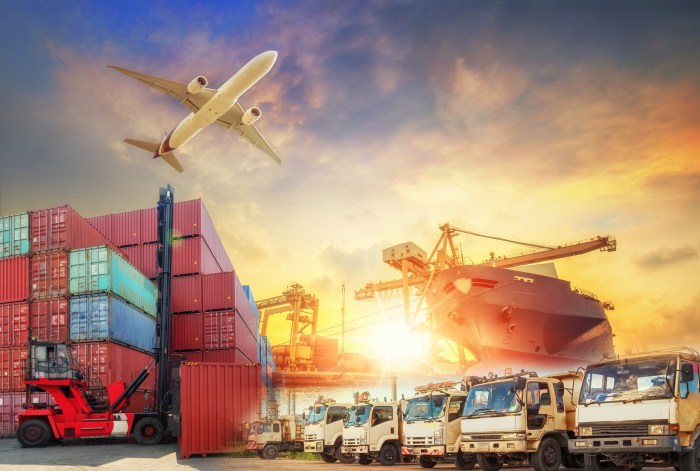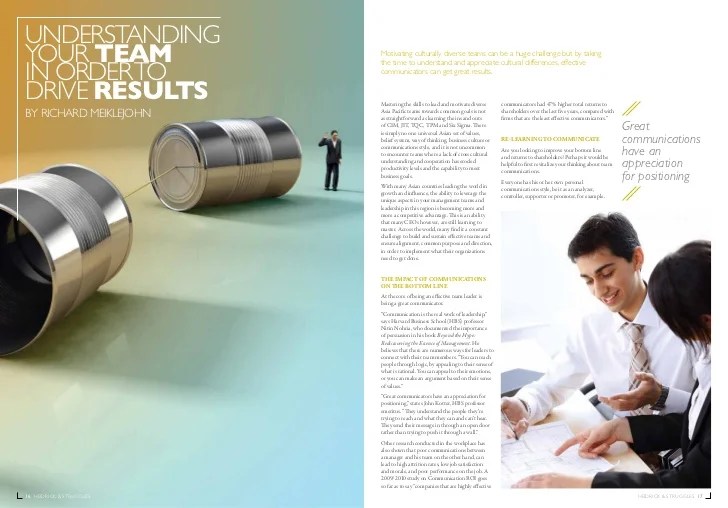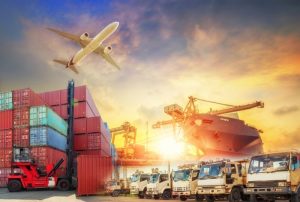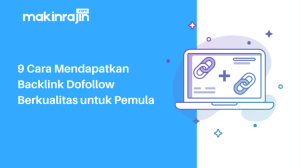
Market Overview
The Transportation & Logistics industry is a rapidly evolving sector that plays a crucial role in global trade and economic development. The industry encompasses a wide range of activities, including freight forwarding, shipping, warehousing, and supply chain management.
According to a report by the World Bank, the global transportation and logistics market was valued at approximately USD 8.2 trillion in 2021 and is projected to reach USD 12.8 trillion by 2027, exhibiting a compound annual growth rate (CAGR) of 6.4% during the forecast period.
Key Trends
The Transportation & Logistics industry is undergoing several key trends that are shaping its future:
- Digitalization:The adoption of digital technologies, such as blockchain, artificial intelligence (AI), and the Internet of Things (IoT), is transforming the industry by improving efficiency, reducing costs, and enhancing transparency.
- Sustainability:Growing environmental concerns are driving the industry towards sustainable practices, such as reducing carbon emissions and adopting alternative fuels.
- Globalization:The increasing interconnectedness of global markets is leading to a rise in cross-border trade, which is driving demand for efficient and reliable transportation and logistics services.
Key Players and Innovations
The Transportation & Logistics sector boasts a dynamic landscape with established industry leaders and innovative disruptors driving the market forward. These key players possess distinct core competencies, market share, and a commitment to innovation that shapes the industry’s evolution.
One of the dominant players in the global logistics industry is DHL. With a presence in over 220 countries and territories, DHL offers a comprehensive suite of services, including express shipping, freight forwarding, and supply chain management. The company’s extensive network, operational efficiency, and focus on technology have solidified its position as a market leader.
Another major player is FedEx, known for its reliable and time-sensitive delivery services. FedEx operates a vast air and ground network, enabling it to provide fast and efficient transportation solutions for both domestic and international shipments. The company’s investments in automation and data analytics have further enhanced its operational capabilities.
In the realm of ocean freight, Maersk stands out as a global leader. With a fleet of over 700 vessels, Maersk offers a wide range of shipping services, including container shipping, tanker operations, and terminal handling. The company’s commitment to sustainability and digitalization has earned it recognition as an industry innovator.
Beyond these established players, the Transportation & Logistics sector is also witnessing the rise of disruptive startups and technology-driven companies. These innovators are challenging traditional business models and introducing new technologies that are transforming the way goods are moved and managed.
For instance, Flexport is a digital freight forwarder that leverages technology to streamline the shipping process. By providing real-time visibility, automated documentation, and predictive analytics, Flexport empowers shippers to make informed decisions and optimize their supply chains.
Another notable innovator is Uber Freight, a digital platform that connects shippers with carriers. Uber Freight uses algorithms to match loads with available trucks, reducing inefficiencies and increasing transparency in the trucking industry.
These key players and innovators are driving the continuous evolution of the Transportation & Logistics sector. Their core competencies, market share, and commitment to innovation shape the industry’s landscape and set the stage for future advancements.
Transportation Modes and Optimization
Transportation modes are the various methods used to move goods and people from one place to another. In the logistics industry, choosing the right transportation mode is crucial for efficient and cost-effective operations.
Common transportation modes include:
- Roadways:Trucks and vans are the most widely used mode for short- and medium-distance transportation. They offer flexibility and can be used for a variety of cargo types.
- Railways:Trains are efficient for long-distance and bulk transportation. They have a lower environmental impact than road transport but are less flexible.
- Waterways:Ships are used for international trade and long-distance transportation of bulk goods. They are cost-effective but can be slower than other modes.
- Airways:Air transport is the fastest but most expensive mode. It is primarily used for perishable goods, time-sensitive deliveries, and international shipments.
Transportation optimization involves strategies to improve the efficiency of transportation routes, schedules, and capacity utilization. This can be achieved through:
- Route optimization:Using algorithms and data to determine the most efficient routes for vehicles, taking into account factors such as traffic conditions, distance, and delivery time.
- Scheduling optimization:Planning delivery schedules to minimize wait times, reduce empty miles, and ensure timely deliveries.
- Capacity utilization:Maximizing the use of available transportation capacity by consolidating shipments, using larger vehicles, and optimizing load planning.
Logistics Management and Technology
Logistics management plays a pivotal role in the Transportation & Logistics industry, ensuring the efficient and cost-effective flow of goods from origin to destination. It encompasses a wide range of activities, including inventory management, transportation planning, warehousing, and customer service.
The use of technology has revolutionized logistics management, enhancing efficiency and optimizing operations. IoT (Internet of Things) devices, for instance, provide real-time visibility into the movement of goods, enabling better tracking and control. AI (Artificial Intelligence) algorithms can analyze data to identify patterns, predict demand, and optimize routing.
Blockchain in Logistics, Transportation & Logistics
Blockchain technology is also gaining traction in the logistics sector, offering enhanced security and transparency. Blockchain-based systems can create a secure and immutable record of transactions, facilitating collaboration and trust among different parties involved in the supply chain.
Supply Chain Management: Transportation & Logistics
Supply chain management is a critical aspect of Transportation & Logistics, ensuring the seamless flow of goods from raw materials to end consumers. It involves coordinating and managing all stages of the supply chain, including sourcing, production, inventory, transportation, and distribution.Effective supply chain management optimizes efficiency, reduces costs, and improves customer satisfaction.
It also helps businesses respond quickly to market changes and mitigate risks. Key strategies for improving supply chain management include enhancing visibility, fostering collaboration, and implementing risk mitigation measures.
Visibility
Enhancing supply chain visibility involves tracking and monitoring goods and information throughout the supply chain. This enables businesses to gain real-time insights into inventory levels, order status, and potential disruptions. Technologies such as RFID tags, sensors, and data analytics can provide comprehensive visibility.
Collaboration
Collaboration among supply chain partners is essential for efficient and effective operations. Open communication, shared data, and joint planning can streamline processes, reduce redundancies, and improve decision-making. Collaboration can take various forms, such as vendor-managed inventory (VMI) and collaborative planning, forecasting, and replenishment (CPFR).
Risk Mitigation
Supply chains are vulnerable to various risks, including disruptions in transportation, supplier issues, and natural disasters. Implementing risk mitigation strategies helps businesses minimize the impact of these risks and ensure business continuity. Strategies may include diversifying suppliers, establishing contingency plans, and implementing risk management software.
Sustainability and Environmental Impact
The Transportation & Logistics industry plays a significant role in global emissions, contributing to environmental concerns. Sustainable practices and technologies are crucial to mitigate these impacts and promote environmental responsibility.
The industry’s carbon footprint stems primarily from fossil fuel consumption in transportation, accounting for a substantial portion of greenhouse gas emissions. Additionally, logistics operations, including warehousing and distribution, can generate waste and contribute to air and noise pollution.
Sustainable Practices
To address these challenges, the industry is embracing sustainable practices, such as:
- Transitioning to alternative fuels, including electric, hybrid, and biofuels, to reduce carbon emissions.
- Optimizing transportation routes and logistics networks to minimize fuel consumption and emissions.
- Investing in renewable energy sources for warehouses and distribution centers, reducing reliance on fossil fuels.
- Implementing waste management and recycling programs to reduce environmental impact.
Technological Innovations
Technological innovations also play a vital role in promoting sustainability:
- Telematics and data analytics enable real-time monitoring of vehicles and operations, optimizing efficiency and reducing emissions.
- Automated and electric vehicles can further reduce fuel consumption and emissions, contributing to cleaner transportation.
- Blockchain technology can enhance supply chain transparency, traceability, and sustainability.
By embracing sustainable practices and leveraging technological advancements, the Transportation & Logistics industry can significantly reduce its environmental impact and contribute to a more sustainable future.
Regulatory Landscape and Compliance

The transportation and logistics industry operates within a complex regulatory landscape that governs various aspects of its operations, including safety, environmental protection, and economic fairness. These regulations aim to ensure the smooth and efficient functioning of the industry while protecting the public interest.Compliance with these regulations is crucial for businesses operating in the transportation and logistics sector.
Failure to comply can result in penalties, legal liabilities, and reputational damage. However, meeting regulatory requirements can be challenging due to their complexity and the constant evolution of the industry.
Challenges in Meeting Regulatory Requirements
Businesses in the transportation and logistics industry face several challenges in meeting regulatory requirements, including:
- Complexity of Regulations:The regulatory landscape governing the industry is vast and complex, with numerous agencies and regulations at both the national and international levels.
- Constant Changes:Regulations are subject to frequent changes, making it difficult for businesses to stay up-to-date and ensure ongoing compliance.
- Resource Constraints:Compliance can be resource-intensive, requiring significant investments in time, personnel, and technology.
- Lack of Clarity:Some regulations may be ambiguous or open to interpretation, leading to uncertainty and potential non-compliance.
- Enforcement Actions:Regulatory agencies have the authority to enforce compliance through inspections, audits, and penalties, which can be costly and disruptive to business operations.
Future Trends and Outlook

The transportation and logistics industry is on the cusp of a technological revolution. Emerging trends and technologies are expected to reshape the way goods are moved and managed, creating new opportunities and challenges for industry stakeholders.
One of the most significant trends is the rise of autonomous vehicles. Self-driving trucks and drones have the potential to improve safety, efficiency, and productivity. They can operate 24/7, reducing the need for human drivers and allowing for more efficient scheduling.
Autonomous vehicles can also help to reduce emissions by optimizing routes and reducing idling time.
Artificial Intelligence (AI) and Machine Learning (ML)
AI and ML are being used to improve various aspects of transportation and logistics, including:
- Predictive analytics: AI algorithms can analyze data to predict future demand, optimize inventory levels, and identify potential disruptions.
- Route optimization: AI can help to optimize routes for vehicles, taking into account factors such as traffic, weather, and vehicle capacity.
- Fleet management: AI can help to manage fleets of vehicles, optimizing maintenance schedules and reducing downtime.
Blockchain Technology
Blockchain technology is a distributed ledger system that can be used to track the movement of goods and payments. It offers several benefits, including:
- Transparency: Blockchain provides a transparent and immutable record of all transactions, making it easier to track the movement of goods and payments.
- Security: Blockchain is a secure system that is resistant to hacking and fraud.
- Efficiency: Blockchain can help to streamline processes and reduce paperwork, making it more efficient to move goods and payments.
Sustainability
Sustainability is becoming increasingly important for the transportation and logistics industry. Customers are demanding more sustainable products and services, and governments are implementing regulations to reduce emissions. This is leading to the development of new technologies and practices, such as:
- Electric vehicles: Electric vehicles produce zero emissions, making them a more sustainable option for transportation.
- Renewable energy: Renewable energy sources, such as solar and wind power, can be used to power transportation and logistics operations.
- Sustainable packaging: Sustainable packaging materials can help to reduce waste and protect the environment.
The Potential Impact of These Trends
The emerging trends and technologies discussed above have the potential to significantly impact the transportation and logistics industry. They can lead to:
- Increased efficiency: New technologies can help to improve efficiency throughout the supply chain, from transportation to warehousing to delivery.
- Reduced costs: New technologies can help to reduce costs by optimizing routes, reducing paperwork, and improving inventory management.
- Improved customer service: New technologies can help to improve customer service by providing real-time tracking information and enabling faster delivery times.
The transportation and logistics industry is on the cusp of a major transformation. The emerging trends and technologies discussed above have the potential to reshape the way goods are moved and managed, creating new opportunities and challenges for industry stakeholders.
It is important for companies to stay abreast of these trends and to invest in the technologies that will help them to succeed in the future.





